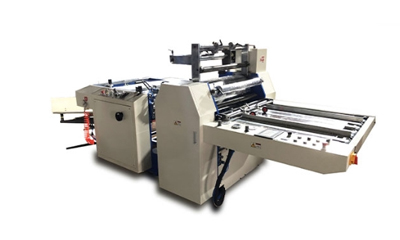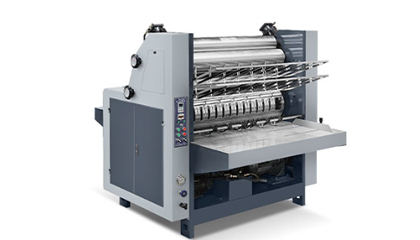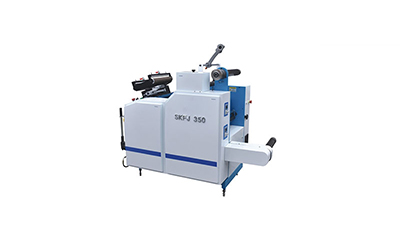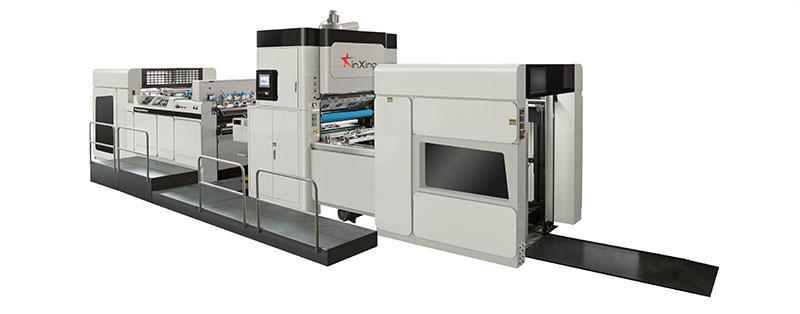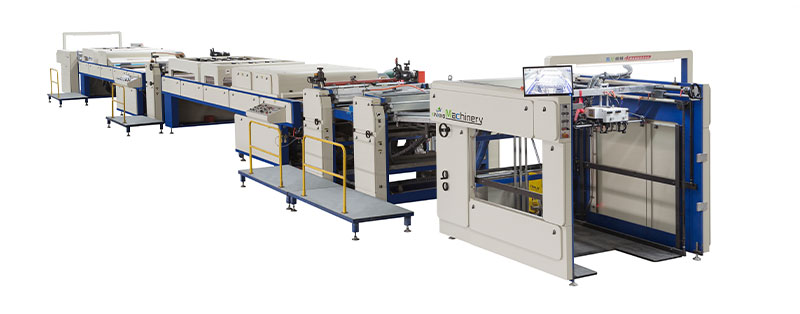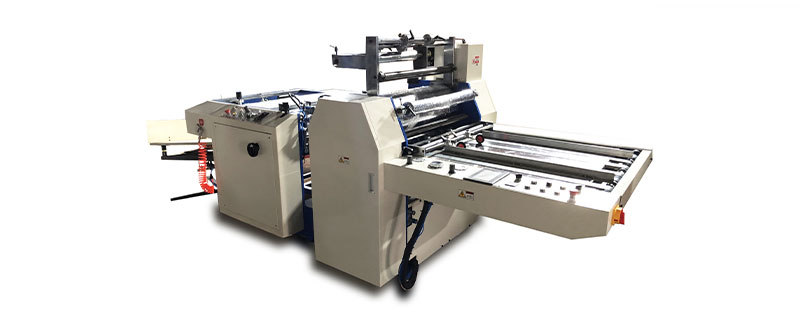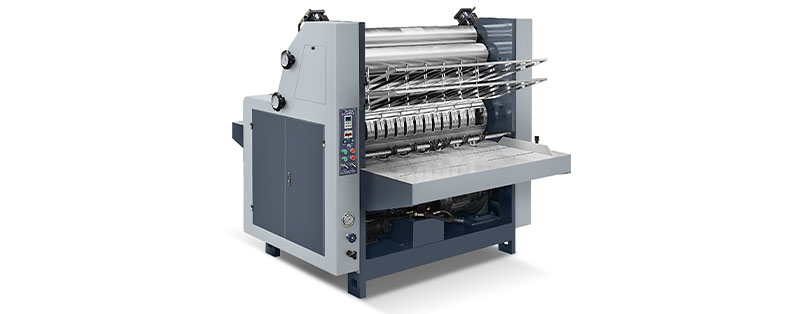In the packaging and printing industries, film laminating is an important processing technology used to enhance the appearance, protective performance, and durability of products. The Semi - Automatic Film Laminating Machine and the fully automatic film laminating machine are two common types of equipment, and they have significant differences in terms of performance, cost, and applicable scenarios. A deep understanding of these differences helps enterprises make more suitable equipment choices according to their own needs.
Performance
1.Laminating Speed
Fully automatic film laminating machines have an obvious advantage in laminating speed. Their automated feeding, laminating, and discharging systems can achieve continuous operation. Some high - speed fully automatic film laminating machines can complete the laminating of hundreds or even thousands of printed products per hour, greatly improving production efficiency, especially suitable for the rapid processing of large - scale orders. In contrast, semi - automatic film laminating machines require manual feeding and unloading operations, which makes their laminating speed relatively slow. The number of laminations per hour is usually in the range of dozens to more than one hundred, and they are more suitable for small - batch and intermittent production tasks.
2.Laminating Precision
In terms of laminating precision, fully automatic film laminating machines also perform outstandingly. They are equipped with advanced automated control systems and high - precision sensors, which can accurately control the film tension, laminating pressure, and bonding position, ensuring the flatness and uniformity of lamination and effectively reducing the occurrence of quality problems such as bubbles and wrinkles. For products with extremely high requirements for laminating precision, such as high - end packaging boxes and exquisite picture albums, fully automatic film laminating machines can better meet production needs. Although semi - automatic film laminating machines can also meet general laminating precision requirements, due to the high degree of manual operation involvement, they are easily affected by human factors during the laminating process. For example, the deviation in the position of the printed product placed by hand and the inaccurate control of the laminating pressure can lead to relatively unstable laminating precision.
3.Stability
Fully automatic film laminating machines have strong stability. Their high degree of automation reduces the uncertainties brought about by human operations. During the operation of the equipment, the coordinated work of various components is relatively smooth, and it can maintain a stable working state for a long time. In contrast, the stability of semi - automatic film laminating machines depends to a certain extent on the proficiency and working state of the operators. If the operators are fatigued or not skilled enough, it may lead to fluctuations in lamination quality and affect the continuity and stability of production.
4.Cost Considerations
Purchase Cost
In terms of purchase cost, semi - automatic film laminating machines have an obvious price advantage. Their structure is relatively simple, the degree of automation is low, and the costs of required components and control systems are also relatively low. Therefore, the selling price of the equipment is usually more affordable, generally ranging from tens of thousands to more than one hundred thousand yuan. For small - scale enterprises or start - ups with limited funds, semi - automatic film laminating machines are a more cost - effective choice. On the other hand, fully automatic film laminating machines have a high purchase cost due to their complex structure, advanced automated control systems, and high - precision components, usually ranging from hundreds of thousands to even millions of yuan. This may be a relatively large expense for some small and medium - sized enterprises.
Operating Cost
In terms of operating cost, fully automatic film laminating machines have relatively high energy consumption because they require multiple motors, heating devices, and other equipment to work together to achieve the automated laminating process. In addition, the maintenance cost of fully automatic film laminating machines is also relatively high. Due to their high technical content, professional maintenance personnel are needed for maintenance once a failure occurs, and the maintenance costs and component replacement costs are both high. Although semi - automatic film laminating machines have low energy consumption, their labor costs are relatively high because they require manual operation. With the continuous increase in labor costs, this part of the cost cannot be ignored.
Maintenance Cost
The maintenance of fully automatic film laminating machines requires professional technicians and specific maintenance tools, and the regular maintenance work is relatively complex, with high maintenance costs. In contrast, the structure of semi - automatic film laminating machines is simple, and maintenance is relatively easy. General technicians can perform daily maintenance work after simple training, and the maintenance cost is low.
5.Applicable Scenarios
Production Scale
For enterprises with large - scale production, fully automatic film laminating machines are a better choice. Their high speed, high precision, and high stability can meet the fast and high - quality production needs of large - scale orders, effectively improving the production efficiency and market competitiveness of enterprises. For example, when large - scale printing and packaging enterprises undertake a large number of orders for food packaging boxes, electronic product packaging boxes, etc., using fully automatic film laminating machines can quickly complete the laminating tasks and ensure the on - time delivery of products. For enterprises with a small production scale and unstable order volume, semi - automatic film laminating machines are more applicable. They can flexibly adjust production according to order requirements, avoid the cost waste caused by equipment idleness, and the low purchase cost also reduces the financial pressure on enterprises.
Product Type
For production tasks with high requirements for laminating precision and relatively single product types, such as high - end gift packaging boxes and high - end magazines, fully automatic film laminating machines can give full play to their advantages and ensure high - quality lamination of products. For some production tasks with not particularly high requirements for laminating precision and diverse product types, such as ordinary flyers and small - scale advertising posters, the flexibility and cost advantages of semi - automatic film laminating machines make them more applicable. Enterprises can flexibly adjust the laminating process and parameters according to different product requirements.
Both the Semi - Automatic Film Laminating Machine and the fully automatic film laminating machine have their own advantages and disadvantages. When choosing laminating equipment, enterprises should comprehensively consider factors such as their own production scale, product type, and financial situation, weigh the pros and cons, and choose the equipment that best suits them to maximize production efficiency.
